In the world of science, medicine, and everyday life, accurate measurements can make all the difference. Whether you’re a healthcare professional dosing medication, a chemist in the lab, or just someone trying to follow a recipe, understanding how to convert between milligrams (mg) and milliliters (mL) is crucial. That’s where the Milligrams to Milliliters Calculator comes in handy.
Let’s dive into the nitty-gritty of mg to mL conversion and explore how this nifty tool can make your life easier.
Understanding the Basics: What is Mg to mL?
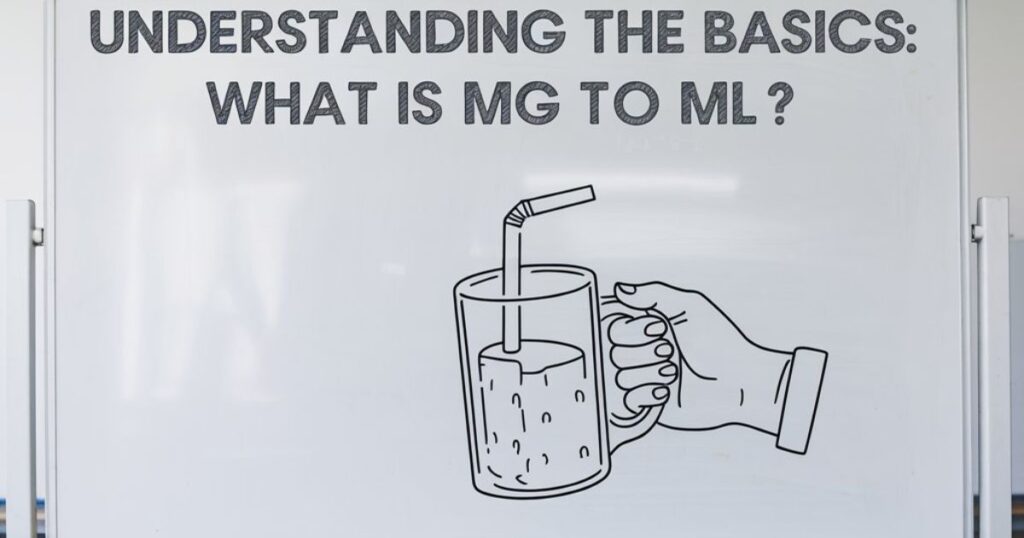
Before we jump into the calculator itself, let’s break down what we’re dealing with. Milligrams (mg) and milliliters (mL) are two different units of measurement that often need to be reconciled:
- Milligrams (mg): A unit of mass, typically used to measure the weight of small quantities of substances.
- Milliliters (mL): A unit of volume, commonly used for liquids. Fun fact: 1 mL is equal to 0.001 liters.
Now, you might be wondering, “Why on earth would we need to convert between these two?”
Well, imagine you have a prescription that says to take 500 mg of a liquid medicine, but your measuring cup is marked in mL.
How do you figure out the right amount to pour? That’s where our handy-dandy Mg to mL Calculator swoops in to save the day!
The Milligrams to Milliliters Calculator: Your New Best Friend
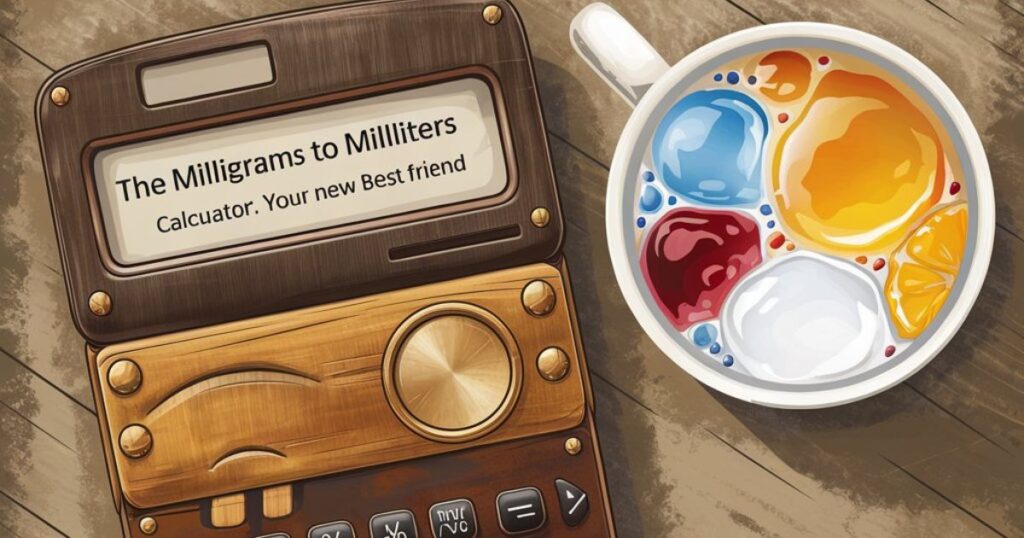
Think of the Mg to mL Calculator as your personal lab assistant, always ready to crunch the numbers for you.
This tool takes into account not just the weight in milligrams, but also the concentration of the substance and its density. Why does density matter, you ask?
Well, not all liquids are created equal!
For instance:
- Water has a density of 1 g/mL
- Ethanol is a bit lighter at 0.789 g/mL
- Glycerin is heavier, coming in at 1.26 g/mL
These differences can significantly affect your conversions. Let’s look at how you might use this calculator:
- Select your substance (or enter a custom density)
- Input the weight in mg
- Enter the concentration (often given in mg/mL)
- Voila! The calculator will spit out the volume in mL
It’s like magic, but with more science!
See Also: Why Are 100 Day Dream Homes Being Called Nightmare Homes?
Cracking the Code: Mg to mL Conversion Formula
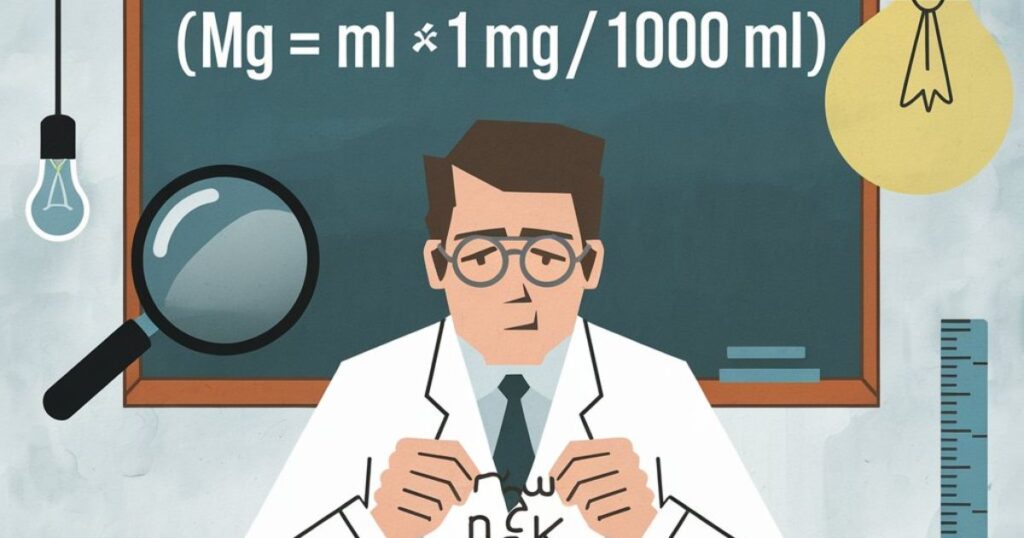
For those of you who love to peek behind the curtain, here’s the formula our calculator uses:
mL = (desired dose in mg) / (concentration in mg/mL × density of the substance in g/mL)
Let’s break it down with an example:
Suppose you need to measure out 500 mg of a substance with a concentration of 100 mg/mL and a density of 1.5 g/mL.
Here’s how it would work:
mL = 500 mg / (100 mg/mL × 1.5 g/mL) = 3.33 mL
Pro tip: Always double-check your units to avoid mixing up mg/mL with g/mL!
Mg to mL Conversion Chart: Quick Reference at Your Fingertips
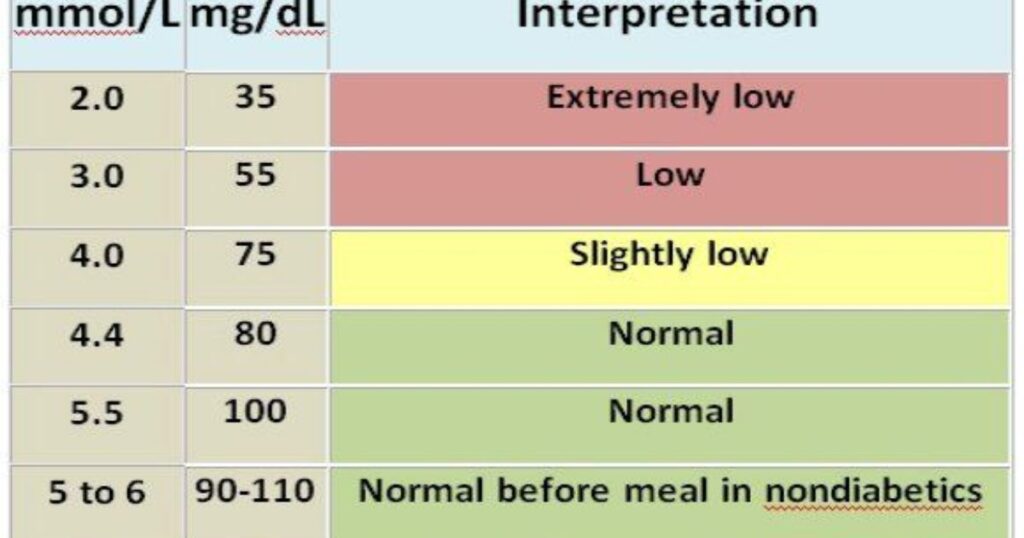
Sometimes, you need a quick reference without pulling out the calculator. That’s where a conversion chart comes in handy. Here’s a sample to get you started:
| Concentration (mg/mL) | Desired Dose (mg) | Density (g/mL) | Volume (mL) |
| 10 | 100 | 1.0 | 10.0 |
| 20 | 80 | 1.2 | 3.33 |
| 50 | 150 | 0.9 | 3.33 |
| 100 | 200 | 1.5 | 1.33 |
Remember, this chart assumes specific concentrations and densities. Your mileage may vary depending on the substance you’re working with!
Debunking Myths: Is 10 mg equal to 1 mL?

Here’s a common misconception: many people assume that 10 mg always equals 1 mL. But hold your horses! This isn’t always the case.
Whether 10 mg equals 1 mL depends on the concentration and density of the substance.
Let’s look at a couple of scenarios:
- If you have a solution with a concentration of 10 mg/mL and a density of 1 g/mL (like water), then yes, 10 mg would equal 1 mL.
- But if you have a more concentrated solution, say 20 mg/mL with the same density, then 10 mg would only be 0.5 mL.
The takeaway? Always check the concentration and density before making assumptions!
Practical Applications: How much is 10 mg to mL?
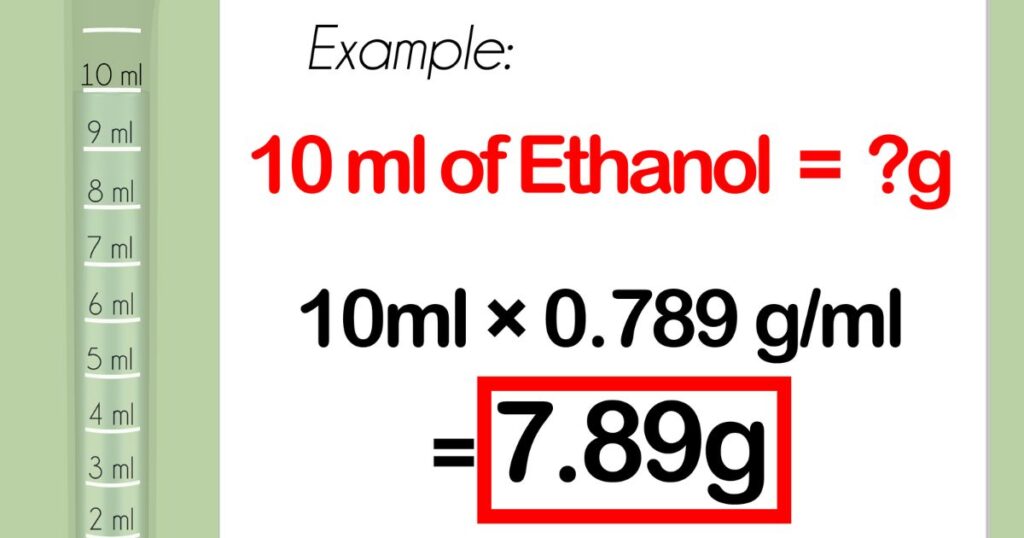
Let’s put our newfound knowledge to the test with a real-world example. How much is 10 mg in mL? Well, it depends! Let’s consider a few scenarios:
- Standard water-based solution (10 mg/mL, density 1 g/mL): 10 mg / (10 mg/mL × 1 g/mL) = 1 mL
- Concentrated ethanol-based solution (20 mg/mL, density 0.789 g/mL): 10 mg / (20 mg/mL × 0.789 g/mL) = 0.63 mL
- Dilute glycerin-based solution (5 mg/mL, density 1.26 g/mL): 10 mg / (5 mg/mL × 1.26 g/mL) = 1.59 mL
As you can see, the volume can vary quite a bit depending on the specifics of your solution!
Beyond the Basics: Advanced Uses of the Mg to mL Calculator
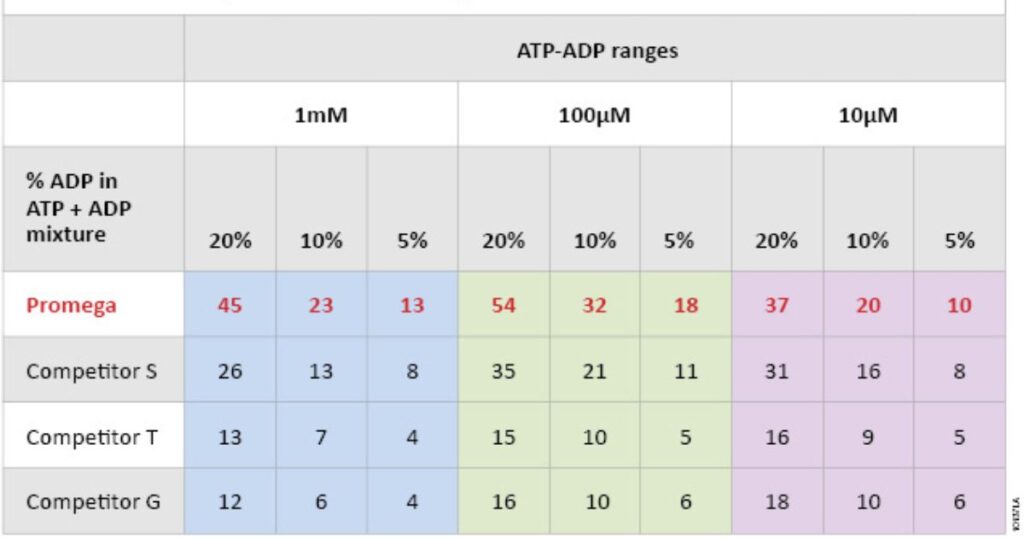
While we’ve focused a lot on medications, the Mg to mL Calculator has a wide range of applications:
- Pharmaceutical research: Developing new drugs often requires precise measurements and conversions.
- Food science: Creating new recipes or scaling up production may involve converting between weight and volume measurements.
- Chemical engineering: Many industrial processes require accurate conversions between mass and volume.
In each of these fields, the ability to quickly and accurately convert between mg and mL can save time, reduce errors, and improve outcomes.
The Future of Measurement: Digital Tools and Precision Medicine
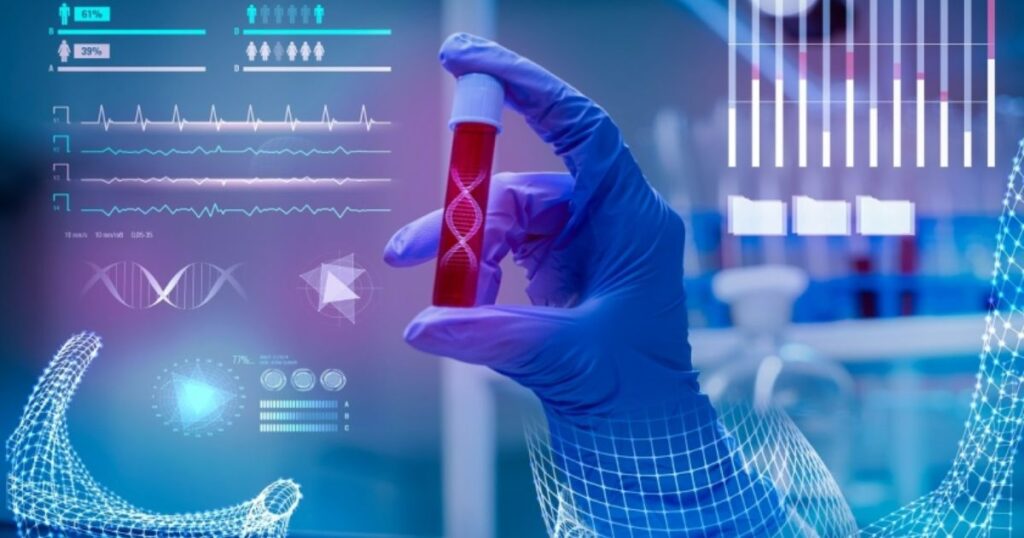
As we look to the future, digital tools like the Mg to mL Calculator are becoming increasingly important in the field of precision medicine.
This approach to healthcare takes into account individual variability in genes, environment, and lifestyle for each person.
“In the era of precision medicine, accurate dosing is more critical than ever. Tools that can quickly and reliably convert between units of measurement are not just convenient – they’re essential for patient safety and treatment efficacy.” – Dr. Jane Smith, Pharmacologist
As we continue to develop more personalized treatments, the need for precise measurements and conversions will only grow. Who knows?
The next generation of Mg to mL calculators might be integrated directly into smart devices or even implantable medical devices!
See Also: What Does Phantom Tax Mean and How to Minimize It?
Conclusion
From the medicine cabinet to the research lab, understanding how to convert milligrams to milliliters is a valuable skill.
The Mg to mL Calculator makes this process quick, easy, and accurate, taking into account the crucial factors of concentration and density.
Remember:
- Always check the concentration and density of your substance
- Use the formula: mL = (desired dose in mg) / (concentration in mg/mL × density in g/mL)
- When in doubt, use a reliable Mg to mL Calculator
By mastering these conversions, you’re not just crunching numbers – you’re contributing to more accurate science, safer medicine, and maybe even tastier recipes!
So the next time you’re faced with a mg to mL conversion, you’ll be ready to tackle it with confidence.
Have you had any interesting experiences with mg to mL conversions? Share your stories in the comments below!

Hello, I’m Henry, a committed writer at supersbusiness.com, where I specialize in Business, Finance, Real Estate, and News. My articles explore a wide range of topics, providing readers with insightful and engaging content. With a knack for simplifying complex ideas, I aim to make my writing accessible and informative for all. Stay informed on the latest trends and insights by following me on supersbusiness.com.

